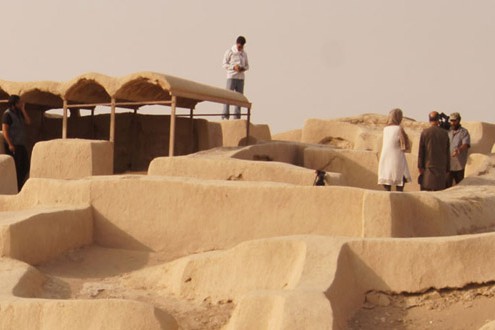
Shahr-e Sukhteh (Burnt City), Iran: History, Photos
/
0 Comments
In the heart of Iran’s Sistan and Baluchestan Province lies…

Chalus Road, Iran: Photos, History, Things to Do
Chalus Road (Chaloos Road) is on the 20 of the world’s most…

Gonbad-e Qabus Tower (Photos, History, Architecure)
Tucked away in the lush province of Golestan in northern Iran,…
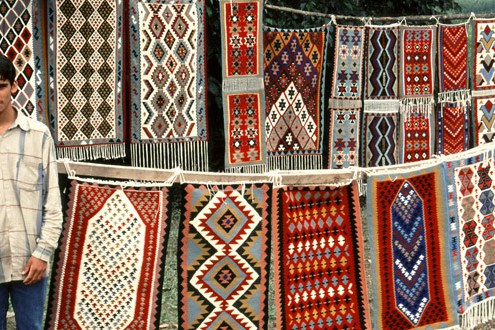 https://irandoostan.com/dostcont/uploads/2015/12/iran-nomads.jpg
330
850
Mina Bagheri
https://irandoostan.com/dostcont/uploads/2025/05/Irandoostan-logo.webp
Mina Bagheri2015-12-02 09:36:382025-04-13 15:32:26Ancient Persian Nomads (History, Photos, Video)
https://irandoostan.com/dostcont/uploads/2015/12/iran-nomads.jpg
330
850
Mina Bagheri
https://irandoostan.com/dostcont/uploads/2025/05/Irandoostan-logo.webp
Mina Bagheri2015-12-02 09:36:382025-04-13 15:32:26Ancient Persian Nomads (History, Photos, Video)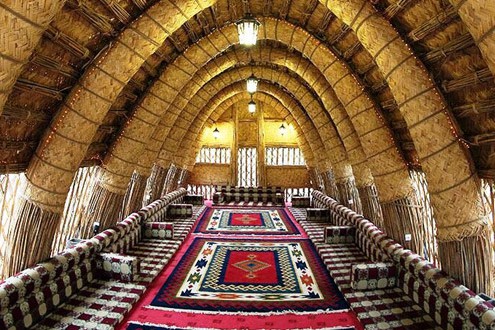 https://irandoostan.com/dostcont/uploads/2015/12/Coffee-in-a-Mozif.jpg
330
850
Mina Bagheri
https://irandoostan.com/dostcont/uploads/2025/05/Irandoostan-logo.webp
Mina Bagheri2015-12-02 08:21:482025-04-13 15:32:27Delicious Taste of Coffee in a Mozif
https://irandoostan.com/dostcont/uploads/2015/12/Coffee-in-a-Mozif.jpg
330
850
Mina Bagheri
https://irandoostan.com/dostcont/uploads/2025/05/Irandoostan-logo.webp
Mina Bagheri2015-12-02 08:21:482025-04-13 15:32:27Delicious Taste of Coffee in a Mozif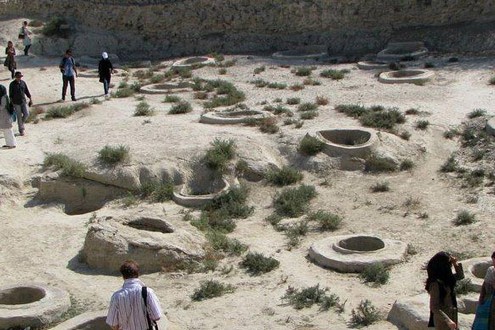 https://irandoostan.com/dostcont/uploads/2015/12/tala.jpg
330
850
Mina Bagheri
https://irandoostan.com/dostcont/uploads/2025/05/Irandoostan-logo.webp
Mina Bagheri2015-12-02 08:06:172025-04-13 15:32:42Tallaght wells, Laft, Qeshm (Photos, Info)
https://irandoostan.com/dostcont/uploads/2015/12/tala.jpg
330
850
Mina Bagheri
https://irandoostan.com/dostcont/uploads/2025/05/Irandoostan-logo.webp
Mina Bagheri2015-12-02 08:06:172025-04-13 15:32:42Tallaght wells, Laft, Qeshm (Photos, Info)
Best Iran Deserts for Sand Sports
Iran might be known for its rich cultural history, stunning architecture,…
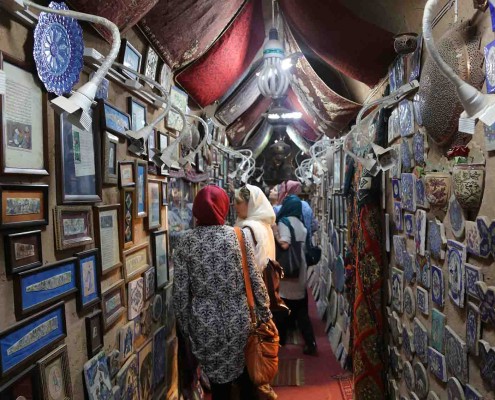 https://irandoostan.com/dostcont/uploads/2016/01/9I3A8984.jpg
1133
1700
Travel to Iran
https://irandoostan.com/dostcont/uploads/2025/05/Irandoostan-logo.webp
Travel to Iran2015-05-16 11:12:042023-10-18 16:14:44The Luxurious Eurasia on the Silk Road
https://irandoostan.com/dostcont/uploads/2016/01/9I3A8984.jpg
1133
1700
Travel to Iran
https://irandoostan.com/dostcont/uploads/2025/05/Irandoostan-logo.webp
Travel to Iran2015-05-16 11:12:042023-10-18 16:14:44The Luxurious Eurasia on the Silk Road

